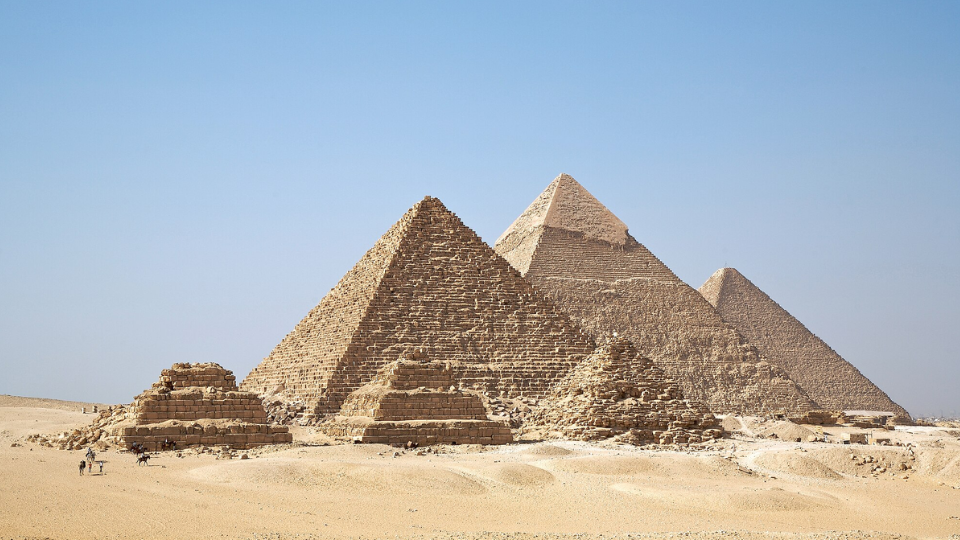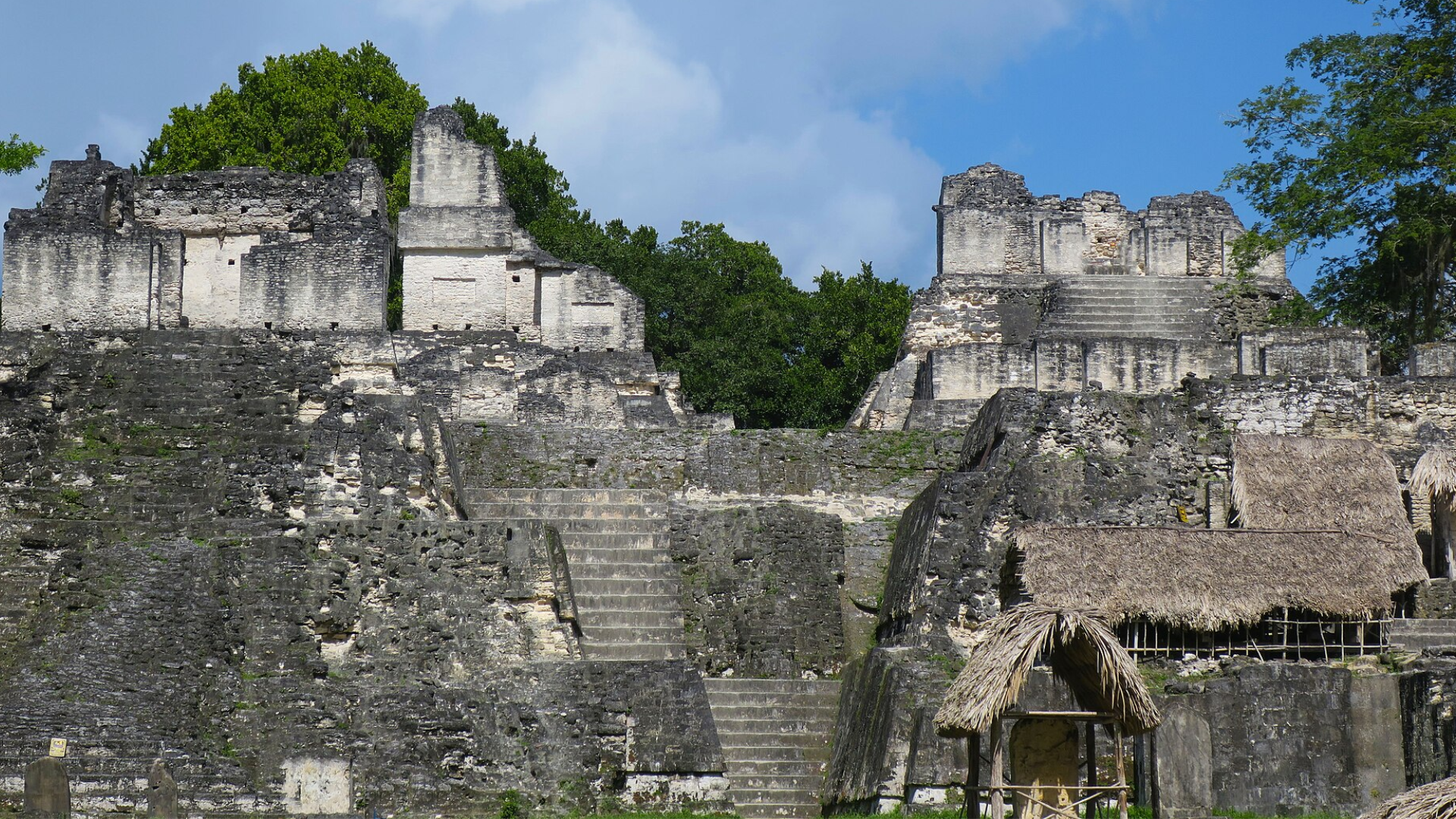Charted: Countries with the most UNESCO World Heritage sites
What are UNESCO heritage sites?
UNESCO World Heritage sites are globally recognized landmarks that hold outstanding cultural, historical, scientific, or natural significance. These sites are designated and protected by the United Nations Educational, Scientific, and Cultural Organization (UNESCO) to preserve and promote the world's most cherished treasures for present and future generations. These sites can include iconic structures, archaeological ruins, urban areas, national parks, and even entire cities that possess exceptional value to humanity.
World Heritage sites are classified into three categories — Cultural, Natural, and Mixed. There are 1,199 World Heritage sites across 168 states and span five UNESCO geographical regions — Latin America and the Caribbean, Europe and North America, Asia and the Pacific, Arab States, and Africa. Check out the interactive map below to learn more about the World Heritage sites.




Countries with the most UNESCO World Heritage sites
Italy stands at the forefront, boasting an incredible 59 World Heritage sites, including iconic landmarks like the historic centers of Florence and Venice, as well as the archaeological sites of Pompeii and Herculaneum. Close behind is China, with 57 sites that encompass the Great Wall, the Forbidden City, and stunning natural wonders like Jiuzhaigou Valley. Germany and France follow with 52 sites, including the magnificent Cologne Cathedral and the classical Weimar Bauhaus ensemble, the Palace of Versailles, and the Mont-Saint-Michel.
Spain, with its enchanting landscapes and rich history, has 50 sites, including the Alhambra, and the Works of Antoni Gaudí in Barcelona. India, a country steeped in ancient history, claims 42 sites, including the Taj Mahal and Jaipur City. Mexico, celebrated for its pre-Columbian civilizations, counts 35 sites, like Chichen Itza and the Historic Center of Mexico City. The United Kingdom's 33 sites include Stonehenge and the Tower of London. Rounding out the top ten are Russia and Iran with 31 and 27 World Heritage sites respectively. Check out the table below for an overview of the number of World Heritage properties inscribed by each country. If you are interested in the criteria sites must meet to be included on the list, check out this page on the UNESCO website.
The Inaugural World Heritage Sites List
The history of UNESCO World Heritage Sites dates back to 1972 when the United Nations Educational, Scientific and Cultural Organization (UNESCO) established the World Heritage Convention. This international treaty aimed to identify and protect cultural and natural sites of outstanding universal value.
UNESCO launched its inaugural list of World Heritage Sites in 1978 which included twelve sites:
Photo: Galapagos Islands
Over the decades, the list has grown, encompassing almost 1,200 diverse sites worldwide. The program recognizes the importance of preserving these sites for future generations, promoting international cooperation in safeguarding our planet's rich heritage.
How we can help preserve World Heritage Sites
Preserving UNESCO World Heritage sites is crucial to safeguarding our cultural and natural heritage for future generations. We can contribute to this vital effort by raising awareness, supporting responsible tourism, and advocating for conservation measures. Educating ourselves and others about the significance of these sites fosters a sense of responsibility. Traveling responsibly means respecting site regulations, minimizing environmental impact, and supporting local communities. Financially contributing to preservation initiatives or volunteering can make a tangible difference. Advocacy and lobbying for stricter protection and sustainable management also play a role in safeguarding these treasures. By collectively valuing and preserving these sites, we can ensure they endure as living testaments to our shared history and natural wonders.








Finland is the happiest country in the world, according to the latest World Happiness Report. It’s the eighth consecutive year the Nordic country has topped the list. Following Finland are fellow Nordic countries Denmark, Iceland, and Sweden. The Netherlands rounds out the top five.